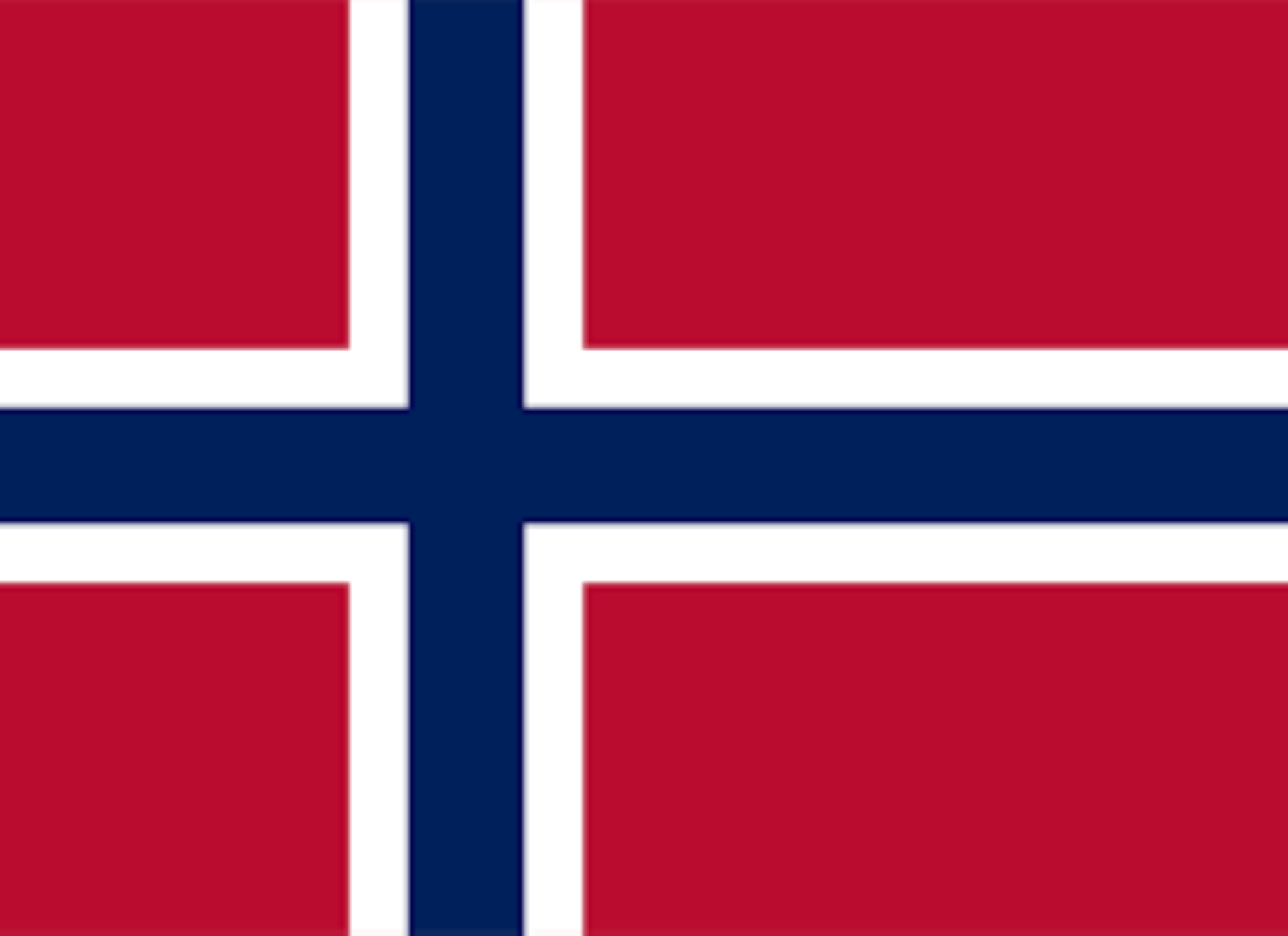
Known officially as the Kingdom of Norway, Norway is a Scandinavian country in Northern Europe, bordered by Sweden, Finland, and Russia, along with its extensive coastline along the North Atlantic Ocean. The country is famous for its natural landscapes (e.g., dramatic coastal fjords, islands, and rugged and breath-taking terrain), rich Viking history, northern lights, and high standard of living. Its capital is Oslo; situated in the southeastern part of Norway, along the Oslofjord. It is the largest city in the country; known for its eco-friendly policies and access to forests, lakes, and outdoor activities within minutes from the city centre, home to the National Museum, Munch Museum, and Oslo Opera House, possessing a blend of contemporary architecture and design with historical sites like the Akershus Fortress and Viking Ship Museum, and being a key financial and business centre, especially in maritime and energy sectors.
UTC+1 daylight saving time: +1hr, begins last Sunday in March; ends last Sunday in October.
Landslides, avalanches, floods and storms.
Speeding fines can vary based on how much you're going over the limit, and on what type of road (the higher the speed limit, the smaller the fine would be);
Exceeding the limit by 25 km/h or more can result in jail time or losing your licence. For other traffic and driving-related offences;
Most offences add 2–3 penalty points. Accumulating 8 points within three years results in a six‑month driving license suspension. Other offences include:
Fines are issued on the spot. Unpaid fines are handled by the National Collection Agency (Statens Innkrevingssentral), which would involve foreign collection agencies. In rare but serious cases, unpaid fines could lead to jail time or affect future visits, visa status, or even residency rights.
The official languages of Norway are Norwegian and Sámi, but Kven, Romani and Scandoromani are also spoken.
In Norway, vehicles drive on the right hand side. The minimum driving age is 18, while the renting age is usually 19 with drivers must have held their licence for at least one year. Though, some rental companies may require drivers to be older than 19, and surcharge to drivers under 25. UK driving licences are valid in Norway; therefore, an International Driving Permit (IDP) isn't required. However, if you have an older paper licence, or a licence issued in Gibraltar, Guernsey, Jersey, or the Isle of Man, then an IDP may be required.
Drivers must keep their headlights on at all times (even during the day), be alert for moose, deer, and other animals when driving (especially at dawn or dusk), and be careful on rural roads as they are often narrow, winding and single-lane with passing spots compared to city roads and highways. If you're driving in Norway between November and April, winter tires are mandatory. In the north, studded tires may be necessary for icy conditions.
Most tolls (including one on bridges and in tunnels) are collected electronically via the AutoPASS transponder. Visitors are recommended to register for “Visitors’ Payment” to ensure lower rates and direct invoicing, but most rental cars come with an AutoPASS chip, which automatically registers tolls. Your rental company receives the bill and charges you later, usually at the end of the month.
Fuel isn't cheap in Norway (higher prices than the world average). Norwegian gas stations are easy to find in cities and along major roads, but in remote areas, they can be few and far between. Always fill up before heading into the mountains or less populated regions.
Most roads outside cities have an 80 km/h limit, which is lower than in many European countries. Some highways allow 110 km/h, but they are rare.
Legal limit: 0.02% for all drivers.
When driving, all passengers including driver must be wearing seatbelts.